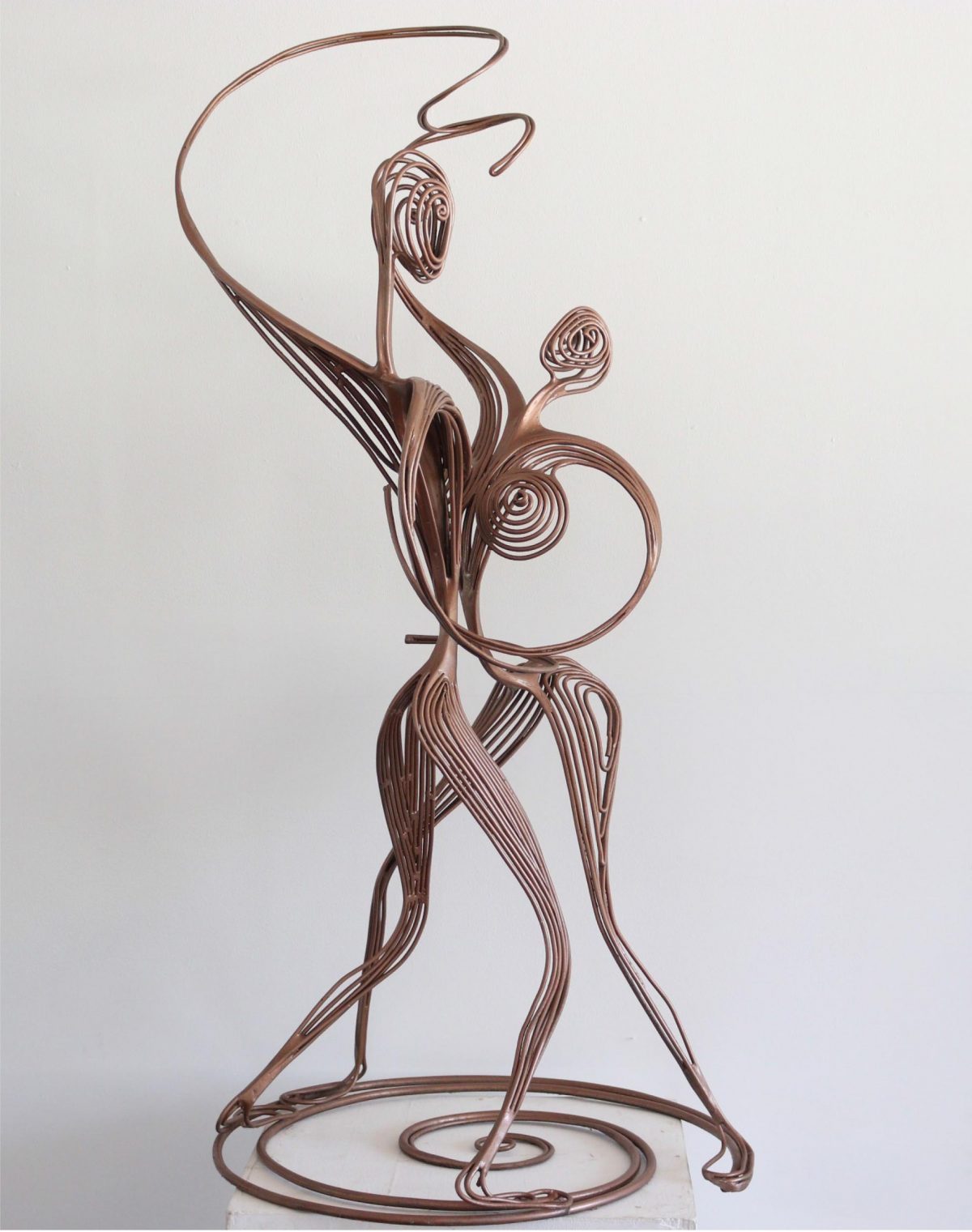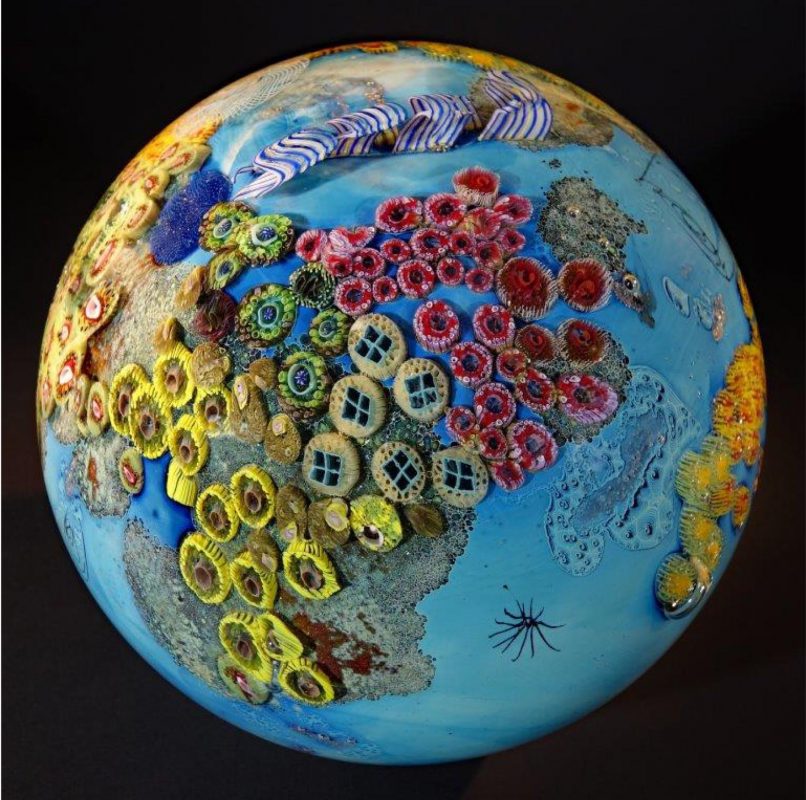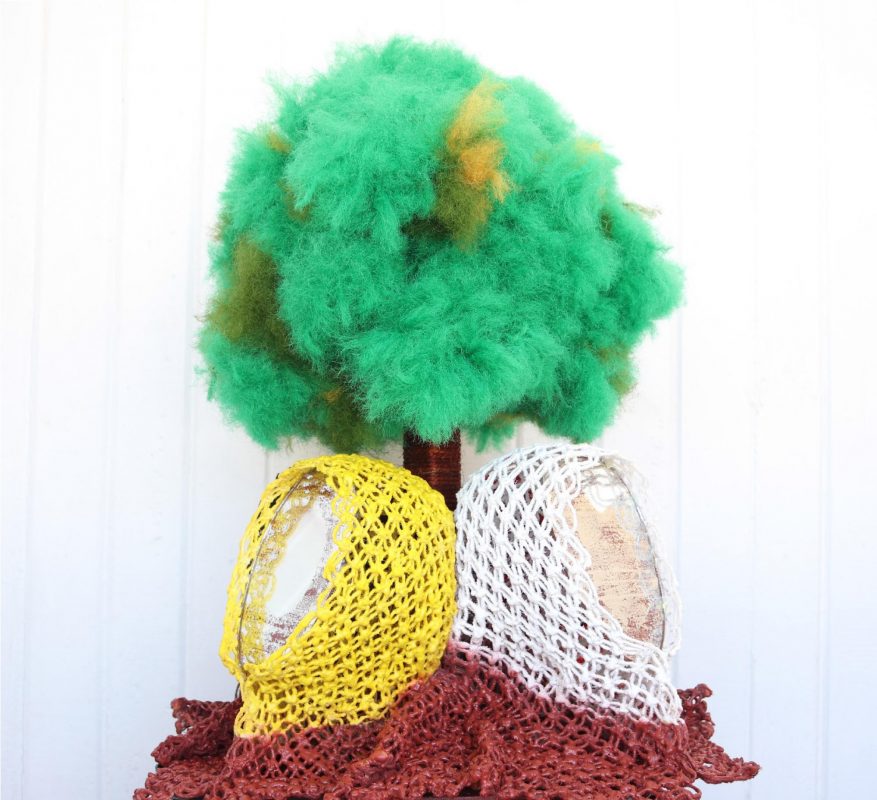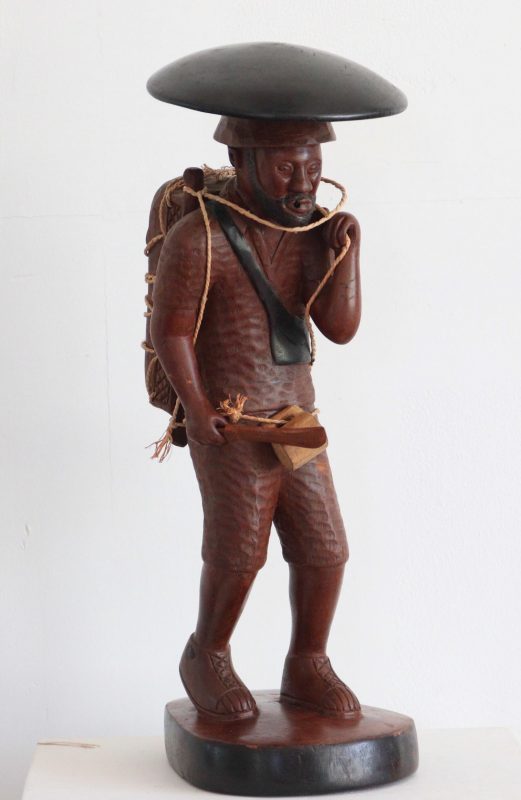The art of diplomacy has long been enhanced by art itself. A tradition ennobled by a long and distinguished association with art, the history goes deep, and serves as quite a colourful backdrop to what takes place in embassies and high commissions today.
It is an intriguing, symbiotic association and it is significant that art benefitted and continues to benefit from this as much as diplomacy, making both richer today from the long and ancient connection. A glance into antiquity will recall how Sir Thomas Wyatt, Ambassador to Rome in the service of Henry VIII, pursuing his own interests as a poet, performed a service to literature as great and enduring as his achievements for king and country. In the early sixteenth century, he took from Italy, the sonnet and its fantastic courtly love tradition to the English language and consciousness. Our literary knowledge today is richer for it.
In the generation after Wyatt, Queen Elizabeth I of England, excellent diplomat as she was, performed her own service to literature in her treatment of religious drama. While forestalling civil unrest, she diplomatically navigated the waters made turbulent by her father, King Henry, by placing a prohibition on religious plays. Her aim was to help stop the bourgeoning violence over religion which pitted the Roman Catholics against the Anglicans. This forced playwrights to seek and explore other and newer types of dramas to replace the very popular Morality plays. The result was greater variety on the stage and the rise of one of the greatest periods in the history of English theatre, which came during Elizabeth’s reign. It was partly owed to clever diplomacy.
This kind of enrichment is vividly evident in what embassies have been doing in contemporary times, turning to culture as powerful ammunition in the service of their countries through art in foreign missions. Over the years, the High Commissions of Britain, Canada and India, and the Embassies of the United States, Brazil, Chile, China, Cuba, Mexico, Russia and Venezuela have engaged in the performing, visual and literary arts in Georgetown.
The most recent venture, the Art in Embassies Exhibition, is outstanding because of its direct relevance to this review; its deliberate and studied enlistment of art as an instrument of diplomacy, and its deployment of foreign missions around the world to serve as exhibition halls to fortify a global audience’s knowledge of art. Mounted by the US Embassy, the Art in Embassies Exhibition hosted a special showing on September 24 last. The event highlighted the work of five American artists from New England exhibited along with five locally resident Guyanese artists.
The Art in Embassies programme (AIE) is somewhat special. It is a long established institution which has been given some degree of importance by the US government, and that has to be good for art. It affords exposure of contemporary American artists to a wide international audience while recognising art as a part of political outreach. It was first envisioned by the Museum of Modern Art, established in 1963 by the US Department of State and formalized by president John F Kennedy.
The catalogue prepared by the US Embassy explained that the AIE, “plays a vital role in our nation’s public diplomacy through a culturally expansive mission, creating temporary and permanent exhibitions, artist programming and publications.” The AIE curates exhibitions, “for the representational spaces of all US chanceries, consulates and embassy residences worldwide, selecting and commissioning contemporary art from the US and the host countries,” it added.
“These exhibitions provide inter-national audiences with a sense of the quality, scope and diversity of both countries’ art and culture.
“AIE’s exhibitions allow foreign citizens, many of whom might never travel to the United States, to personally experience the depth and breadth of our artistic heritage and values, making what has been called a ‘footprint that can be left where people have no opportunity to see American art’.”
The work of the five Americans shown reflected a theme of exploration, adventure, peace and possibility. According to the catalogue, the main idea in the selections was a celebration of the 50th anniversary of the moon landing by Neil Armstrong and others. Most of them relate appropriately. Ann Brauer of Massachusetts is a creative craft worker in textile and fabric, specialising in quilts. Her exhibits, “Green Circle” and “Pluto is a Planet” (2015) were created to blend with the grain of the quilt, distinguished by their different colours. “Pluto is a Planet” goes further to suggest a red sun surrounded by a glow. It is certainly in keeping with the discovery of new planets and reminiscent of man’s landing on the moon in 1969.
Julie Girardini and Ken Girardini are from Maryland and, in very unique fashion, work in metal, particularly steel, to create abstract pieces as well as home appliances and furni-ture. Ken Girardini’s creations are surely close to space exploration. “Science is the Door-way” gives a vivid image of a spacecraft about to take off from its launching pad. The media of aluminium and steel lend themselves to the creation of that feel. Julie’s boats are also suggestive of voyages, most certainly intimated in “Celestial Navigation”.
Voyages is surely a uniting theme in the work of Evelyn Lynch. She is a painter of Massachusetts working in oils and acrylics, but has also specialised in stained glass. Her exhibits were three paintings in acrylic on canvas, “Sailing Away” (2014), “Moored After A Short Journey” (2010), and “Preparing for a Voyage”. In spite of the wide and boundless sea, the environment is calm and peaceful. They are all seascapes under a benign sky, emphasized by the pale, pacific and restful colour scheme. They are the only exhibits among these selections that engage realism, with a predominance of cool colours exploited to show a studied serenity with three silent boats and no people.
Josh Simpson, also a native of Massachusetts, is a glass worker who creates colourful abstract pieces. He describes himself as an alchemist because he has “always believed that glass is alchemy and magic”, and through his experiments with mixing and melting metallic oxides. Of his three pieces, “Megaplanet” touches the theme of outer space. The planet could be Earth with its blue oceans and continents, but its multiple images train the imagination to look further.
These pieces of artwork are on loan to the Chief of Mission Residence in Georgetown, and were selected by US Ambassador Sarah Ann Lynch. She played a leading role in the curation, and explained: “When putting together this exhibition through the Art in Embassies, my husband, Kevin Healy, and I decided to showcase local artists from our neck of the woods – New England and the Mid-Atlantic states. When I learned that my arrival date for Georgetown, Guyana was scheduled for 2019, I immediately knew the theme I would select to weave the artwork together – the 50th anniversary of the moon landing. What better way to honour that pivotal event in our nation’s history than by highlighting pieces from local American artists that speak of exploration, adventure, peace and possibility”.
These pieces of American artwork represent “an America that dreams of the journey, embraces the adventure, seeks the exhibit and achieves the impossible. . . . Kevin and I are honoured to have artwork from these five accomplished local American artists displayed in our home in Guyana. We thank Tiffany Williams, curator at AIE, who helped us create this stunning exhibit. We look forward to sharing this artwork with the Guyanese people whenever they visit America’s home in Guyana,” she added.
To complement the work hanging in the residence, the work of five Guyanese artists was also selected to be exhibited. These selections stood out in their freshness, although they were not all new work – some date back to 2011, while most are dated 2021 and were being exhibited publicly for the first time. They are all works of exploration, adventure and possibility.
There were two pieces from Winslow Craig, sculptor of the Division of Creative Arts at the University of Guyana: “Dancers” and “Seeds of Nature”. “Dancers” reflect the artist’s exploration in metal, which he studied while on Fellowship in New Zealand. It is new to Guyana and points to possibilities in Guyanese art. It is exquisite. Craig negotiated metal sheeting to create curves, swirls and movement with a circle motif. The result is a vivid picture of dancers in a pas de deux as well as embrace, showing a keen sense of shape and skill with the medium.
From fellow sculptor Oswald Hussein, foremost in Guyana, there were two new creations: “Missing Link” and “Music House” (2021), both in wood. While “Music House” simulates musical instruments – mainly stringed instruments, “Missing Link” in purpleheart is more abstract and closer to some of Hussein’s earlier very spiritual pieces. It speaks to creation, evolution, and ancient roots.
Freshness came from painter Merlene Ellis’ “Guyana Birds” and “Jazz in the Park” (both 2021). We are accustomed to her realistic paintings, but these introduce some departure in their explorations of possibilities with realism. “Jazz in the Park” is imaginative and startling in its use of colour.
Aiesha Scotland’s “Growth” is a study in macramé cord, new if not post-modern in its exploration of possibilities and variety in what the medium can do. She describes it as a reflection of herself in many moods, but it might also be a reflection of mankind. Particularly effective are the images/shapes/objects that suggest faces. But these are left blank and paradoxically faceless, intimating that any face can fit them. In particular they represent mirrors; viewers of the work can gaze upon themselves.
Brentnol Lewis was represented by the mahogany sculpture “Pork Knockers”, which is a straightforward portrait of one of Guyana’s adventurous figures. Exploration and possibilities are his environment and he is associated with adventure in Guyanese legends and folklore.
The inclusion of these local Guyanese artists lent much variety to the showing, while giving further exposure to the artists. Additionally, particularly in a period when public events are frustrated by the prevailing pandemic, the exhibit afforded the appearance of the new work which formed the majority of the selections. It certainly advanced the theme of peace and possibilities as adumbrated by Ambassador Lynch and increased the art of diplomacy.









